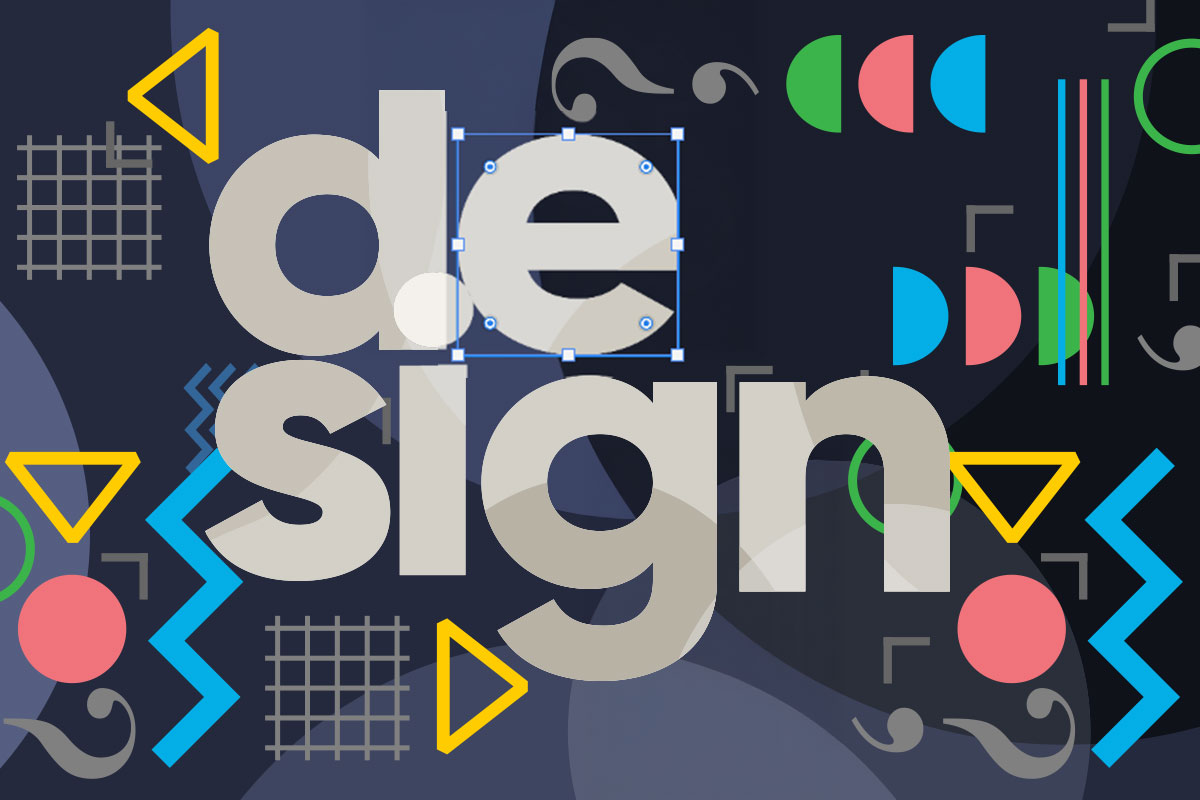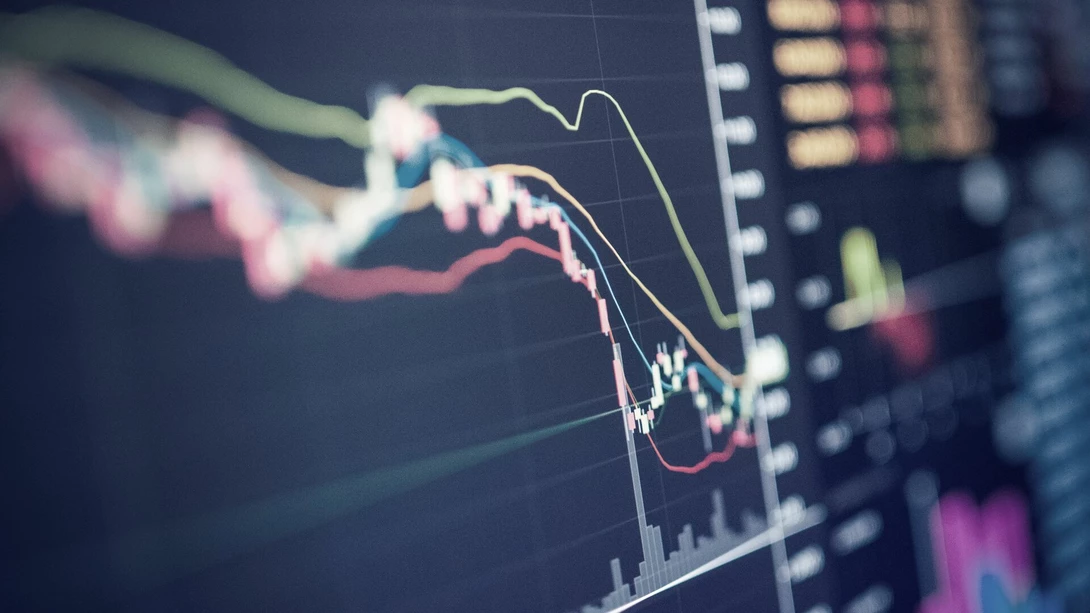The Role of Art in Social Change Today
Art has long been a formidable force in shaping cultural narratives and challenging societal norms. In contemporary society, its role has evolved, manifesting as a vital instrument for advocacy and transformation. Art as a Catalyst for Change encapsulates the transformative power of creative endeavors, enabling individuals and communities to confront injustices and envision a more equitable future.
Art is not merely an aesthetic pursuit; it embodies a form of communication that transcends linguistic barriers. Whether through painting, sculpture, music, or performance, art articulates sentiments that may be difficult to express in conventional discourse. This unique capacity for emotional resonance is pivotal in igniting dialogues around pressing issues.
The Power of Visual Narratives
Visual art, in particular, serves as a poignant medium for societal critique. Street art and murals, for instance, often emerge in response to local injustices, serving as both a commentary and a call to action. These artworks transform public spaces into arenas of discourse, compelling viewers to confront uncomfortable truths about systemic inequality, racism, and environmental degradation.
A prime example of this phenomenon can be seen in the works of contemporary street artists like Banksy, whose pieces often incorporate satire and political commentary. Banksy’s art not only captivates the eye but also provokes thought, urging viewers to reflect on the socio-political landscapes they inhabit. By blurring the lines between art and activism, such artists exemplify the Influence of Art on Society, using their platforms to inspire collective action and foster awareness.
Artistic Expression in Activism
The intersection of art and activism manifests itself through various forms, including performance art, poetry, and music. These artistic expressions imbue movements with vibrancy and urgency, making complex issues more accessible to broader audiences. For instance, the Black Lives Matter movement has leveraged art as a powerful tool for mobilization. Creative works ranging from music to visual installations have illuminated the struggles faced by marginalized communities, forging a deeper connection between the movement and the public.
In recent years, platforms such as social media have further amplified these artistic endeavors, allowing creators to reach global audiences instantly. Hashtags like #ArtForChange and #CreativeVoicesForSocialJustice have enabled artists to share their work widely, catalyzing discussions around pivotal issues such as climate change, racial justice, and gender equality. Through this digital landscape, art becomes a communal effort, inviting diverse voices to participate in the dialogue.
The Symphony of Collective Voices
Artistic endeavors also foster a sense of solidarity among those advocating for social justice. When artists come together to create collective works, they amplify their impact, underscoring the notion that individual struggles are interconnected. Collaborations between artists, activists, and communities have resulted in transformative projects that not only raise awareness but also provide tangible support to those affected by systemic injustices.
An exemplary initiative is the “Art for Justice Fund,” founded by artist and activist MacArthur Genius Award recipient, Ava DuVernay. This fund supports artists and advocates working to combat mass incarceration, highlighting the significant role that creative voices can play in social reform. By championing the intersection of art and activism, such initiatives illuminate the path toward a more just society, reinforcing the notion that Artistic Expression in Activism is essential in the fight for human rights.
Challenging the Status Quo
The potency of art lies in its ability to challenge the status quo and inspire change. Artists possess a unique vantage point, enabling them to interrogate societal constructs and unveil the underlying truths that govern human experiences. Through their work, they illuminate marginalized perspectives, fostering empathy and understanding among disparate communities.
Consider the realm of literature, where authors like Chimamanda Ngozi Adichie and Ta-Nehisi Coates have woven narratives that confront racial injustices and identity struggles. Their storytelling not only entertains but also educates, providing readers with a lens through which to view the complexities of modern society. By addressing these themes with sensitivity and nuance, these writers contribute to a broader cultural discourse, emphasizing the importance of representation and inclusion.
Art as a Tool for Healing
Moreover, art serves a therapeutic purpose, offering solace to individuals grappling with trauma and grief. In the wake of societal upheaval, creative expression allows for catharsis, enabling communities to process collective pain. Programs that incorporate art therapy into mental health initiatives recognize the profound impact of creativity on emotional well-being.
This healing aspect of art is particularly vital in times of crisis, as seen during the COVID-19 pandemic. Many artists turned to their crafts to provide comfort and connection amid isolation. Virtual concerts, online exhibitions, and community art projects emerged as lifelines, fostering a sense of unity even in physical separation.
Conclusion
In conclusion, the role of art in social change today cannot be overstated. From its capacity to provoke thought and inspire action to its ability to heal and unite, art embodies a multifaceted power that drives societal progress. As we continue to navigate complex global challenges, embracing Creative Voices for Social Justice through artistic expression will remain essential. By recognizing Art as a Catalyst for Change, we open the door to a future where creativity and activism coalesce, fostering a world that champions justice, equity, and compassion for all.




